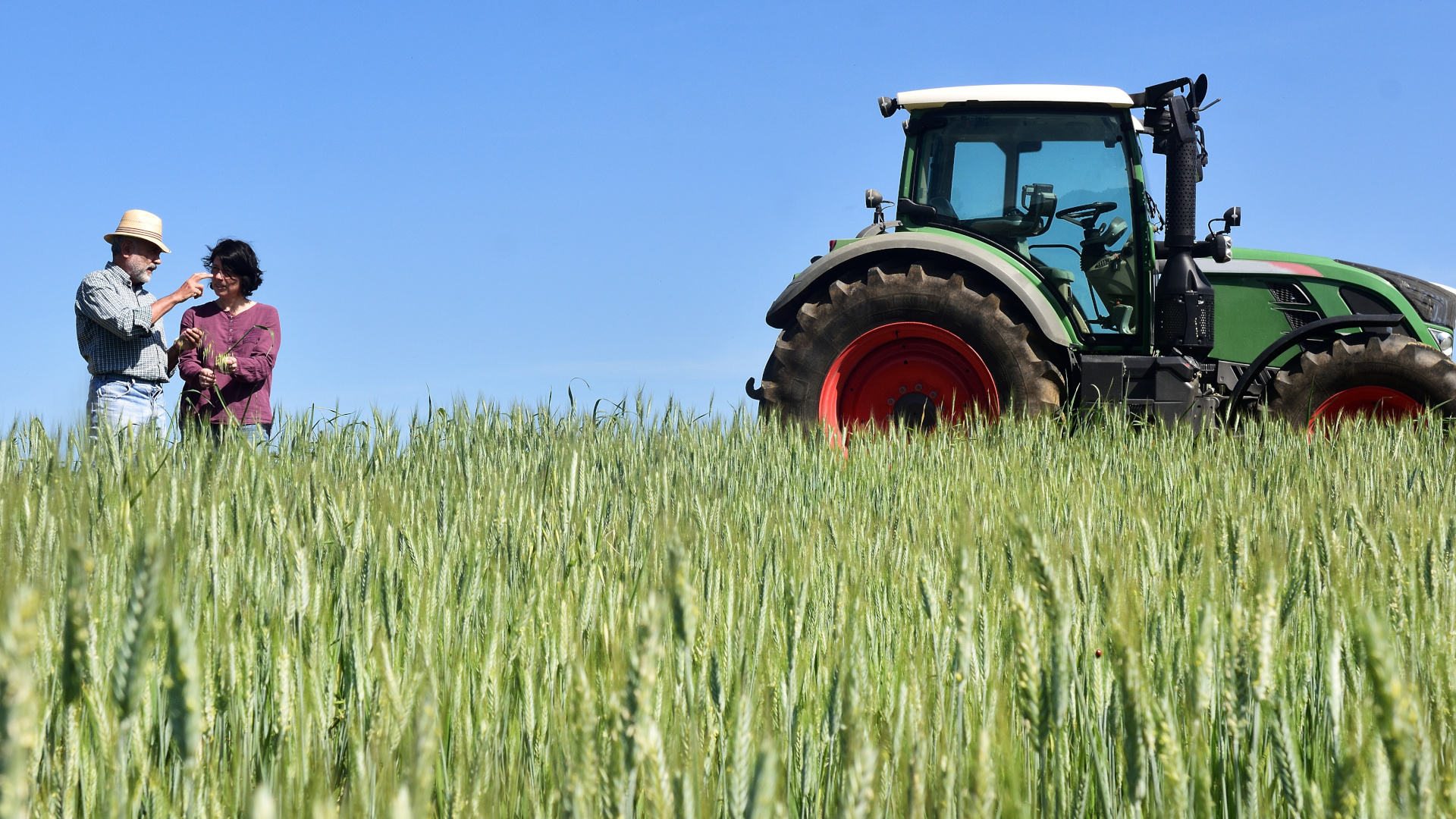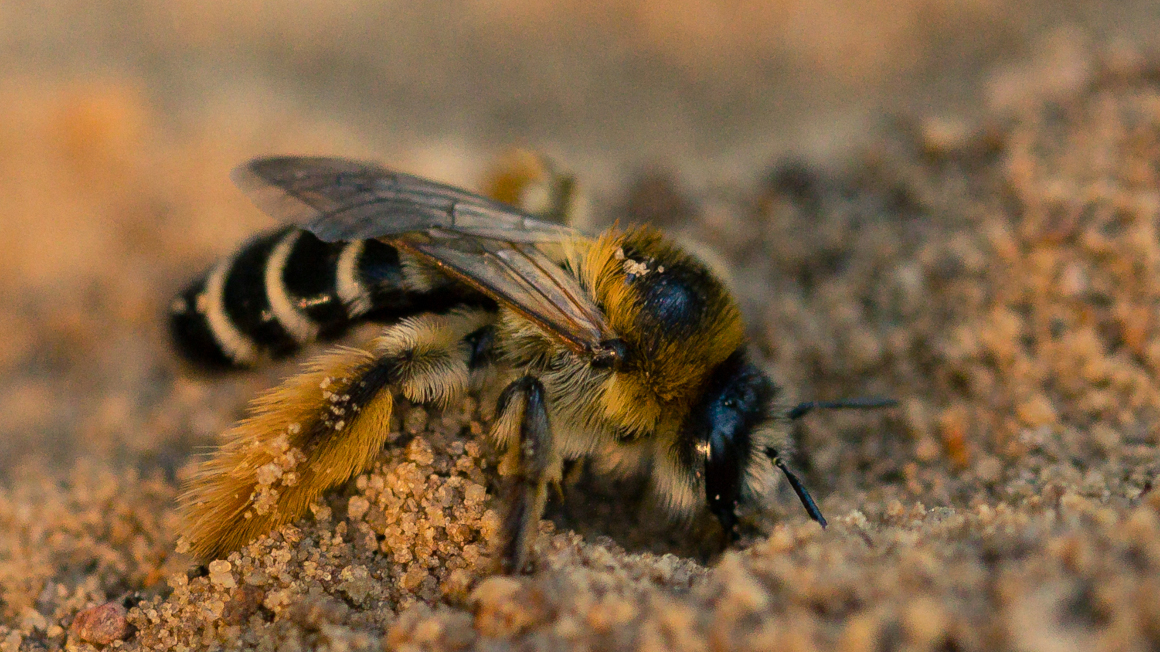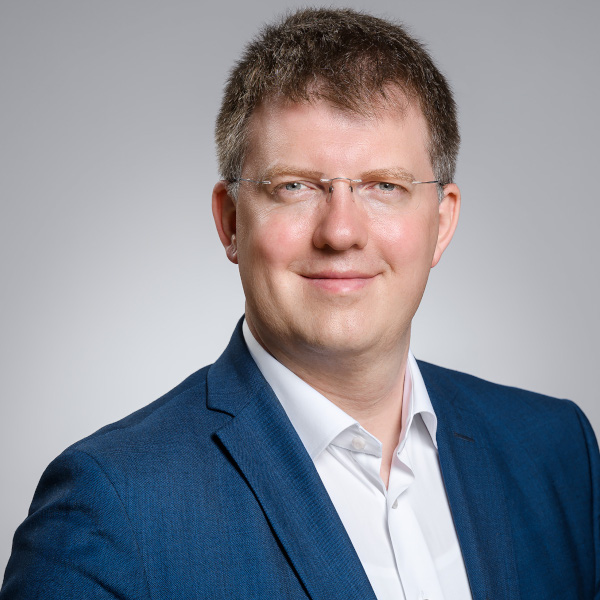Soil research: BonaRes experts take stock
Experts from science and agricultural practice discussed the key results of the soil research funding programme at the BonaRes conference in Leipzig.
The abbreviation "BonaRes" stands for "soil as a sustainable resource for the bioeconomy". This funding initiative launched by the Federal Ministry of Education and Research (BMBF) in 2015 focuses on the sustainable use of soil as a scarce resource.
The aim of ten interdisciplinary project consortia and the BonaRes Centre is to expand the scientific understanding of soil ecosystems and improve the productivity of soils and their various other functions, as well as to develop new strategies for the sustainable use and management of soils. The programme, which was funded by the BMBF with a total of 108 million euros, will come to an end in 2025.
Focus on the user perspective
The BonaRes conference on 28 and 29 May in Leipzig's KUBUS offered the approximately 120 participating researchers from 53 institutions the perfect opportunity to take stock of almost a decade of soil research and to present their key findings in a vivid way. Around 180 participants travelled to Leipzig. "This conference clearly focuses on the application perspective," says Hans-Jörg Vogel from the BonaRes coordination team.
"We are particularly pleased to welcome guests from practical agriculture to present and discuss our results with them," said the Head of the Department of Soil System Research at the Environmental Research Centre Leipzig. After all, the aim of BonaRes was to combine knowledge from fundamental research with that from practical agriculture and to pursue a systemic approach.
Data infrastructures are being stabilised
With this systemic approach, BonaRes was a real pioneer, said Klaus-Peter Michel, a consultant in the Bioeconomy Division of the BMBF. The ten large consortia and the BonaRes Centre had delivered significant results and had also achieved a high level of international visibility. Although BMBF funding for BonaRes will soon come to an end, the standardised data infrastructures that have been established, such as the "BonaRes Repository", will be consolidated and further developed within the framework of institutional funding. Michel also referred to open funding opportunities at EU level, such as the so-called Soil Mission, in which 100 "living labs" are to be created as research and innovation ecosystems. "Soil research plays a crucial role in the bioeconomy and climate protection. Soil is and will remain a topic of the future," he said.
Understanding and improving soils
The importance and prospects of soil research were also the subject of a round table discussion moderated by science journalist Lilo Berg. Hans-Jörg Vogel emphasised that for a long time, soils were not perceived according to their importance. "That has changed, not least thanks to BonaRes." Despite some frictional losses at the start of the project, research in the consortia has developed very positively and we are proud of this. "We understand more and more about how the soil system works and how we can make soils better," he said.
Agricultural scientist Siv Biada heads the International DLG Crop Production Centre, an innovative arable farm and location for applied research in Saxony-Anhalt. In Leipzig, Biada also emphasised the special role of soils: "They are the basis on which we farm. We need a holistic understanding in order to practise ecologically and economically sustainable agriculture." BonaRes is a flagship project in many respects.
Ways of communication
The successful Instagrammer Freya Fliege brought the perspective of science communication to the panel. Fliege has a master's degree in organic agricultural sciences and is a trainee at the potato breeding company Solana. In 2023, she was honoured with the DLG Agri Influencer Award. "I really enjoy zooming in and out of agricultural topics and then telling them in a short, crisp and also a bit funny way," says Fliege. She learnt a lot about catch crops here at the Leipzig BonaRes conference and will probably incorporate this into a few reels on Instagram.
The discussion also focussed on how researchers themselves can get more involved in science communication. You don't have to be adept at using social media to do this. BMBF spokesperson Klaus-Peter Michel pointed out that science communication is now always an integral part of the ministry's funding guidelines – this is linked to the possibility of subcontracting to communication professionals or attending training courses. "In addition, there are already comprehensive specialised communication services," said Michel, referring to the information portal bioökonomie.de initiated by the BMBF, which regularly reports on topics from soil research.
The experts also discussed how the topic of soil could be more widely publicised in politics. The panel also emphasised several times how valuable the exchange with farmers, administrative staff and nature conservation associations was for the work of BonaRes: "We scientists have learned a lot from the practitioners."
The specialist topics at a glance
However, the focus of the conference was on the key results of the ten research networks and the resources developed by the BonaRes Centre. The presentations were grouped into five practice-relevant topics. The contents are only briefly outlined in the following overview:
- Improving the water and nutrient balance of our soils
Among other things, the potential of catch crops, subsoil and agroforestry systems was discussed. The effect of shifting straw on the soil microbiome and nitrogen balance as well as innovative manure spreading techniques were also explained. - Utilising the potential of biological communities in a targeted manner
Here too, the focus was on the added value of catch crops, current knowledge on post-harvest disease in apples and how agricultural cultivation practices affect microbial life. - Increasing resource efficiency with technical innovations
The focus here was on sensor-based soil mapping for precision agriculture and sensor-based assistance systems for gentle soil cultivation. In addition, a prototype machine was presented that can be used to cultivate the subsoil in the field in order to increase yields in the long term. - Shaping socio-economic framework conditions
The studies presented here examined the question of whether cultivation systems based on sensor-based soil mapping or agroforestry systems are worthwhile for farms. Phosphorus governance and framing strategies for communicating science for soil protection policy were also examined. - Using modelling tools for decision support
Among the decision support tools presented was one for assessing grassland management in terms of carbon and nitrogen fluxes. The systemic model BODIUM simulates the complex relationships between soil properties, climate conditions, soil management and their interactions in the soil at the individual site and supports stakeholders in sustainable soil management.
Philipp Graf


